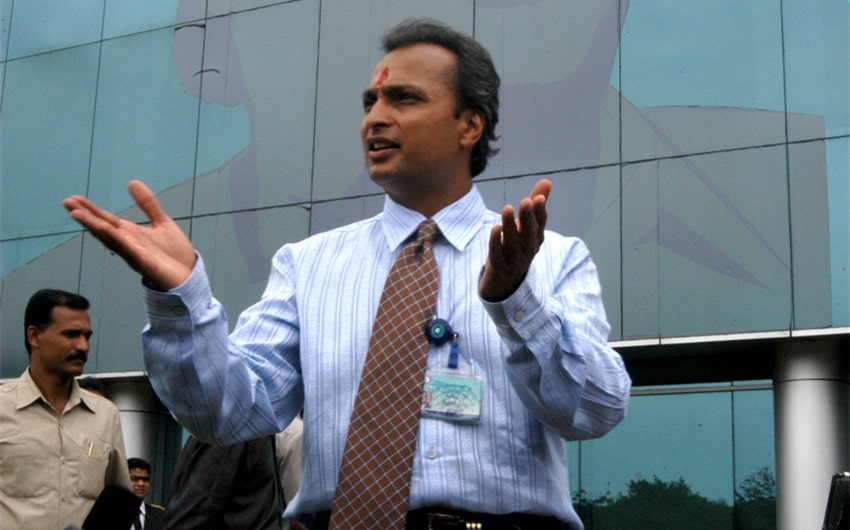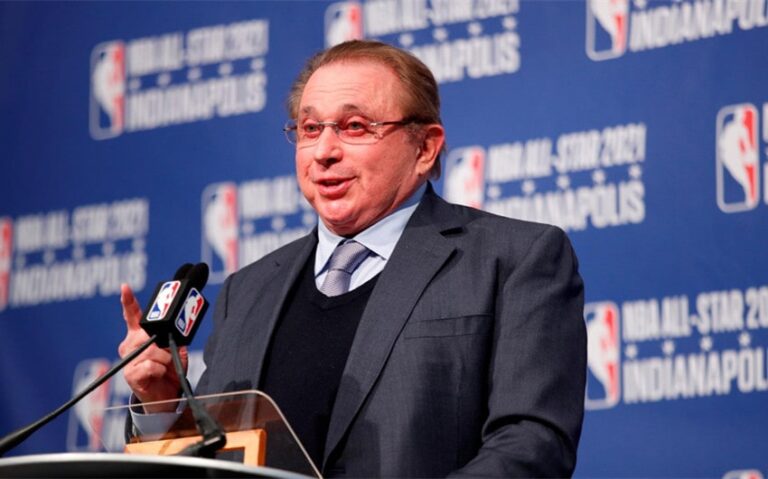Anil Ambani Net Worth – Rise, Fall, and Financial Challenges
What is Anil Ambani’s net worth today, and how did one of India’s most high-profile billionaires fall from immense wealth to claiming bankruptcy? Once celebrated as one of the richest men in the world, Anil Ambani’s fortune was valued in tens of billions of dollars. Today, his story is often cited as one of the most dramatic declines in global business history. To understand his current financial position, it’s necessary to look at his rapid rise, his bold business ventures, the debt that led to his downfall, and how his financial empire compares with that of his brother, Mukesh Ambani.
Early Life and Background
Anil Ambani was born on June 4, 1959, into one of India’s most famous business families. His father, Dhirubhai Ambani, founded Reliance Industries, which grew into one of the country’s largest conglomerates. From the beginning, Anil and his elder brother Mukesh were exposed to the world of big business.
Anil pursued his education in economics at the University of Bombay and later earned a Master’s degree in Business Administration from the Wharton School of the University of Pennsylvania. These academic credentials, combined with his family background, positioned him to take on leadership roles in the Reliance empire.
When Dhirubhai Ambani passed away in 2002 without leaving a formal succession plan, a power struggle ensued between the two brothers. By 2005, a settlement mediated by their mother Kokilaben Ambani split the Reliance empire. Mukesh retained control of Reliance Industries Limited (RIL), including petrochemicals and refining, while Anil took charge of Reliance Communications, Reliance Capital, Reliance Infrastructure, and Reliance Power. At the time, both brothers were billionaires, and Anil Ambani was seen as the more flamboyant, media-friendly face of the family.
Building His Fortune
Following the split, Anil Ambani embarked on an ambitious journey to expand his businesses across telecommunications, financial services, infrastructure, and energy.
Reliance Communications (RCom) became the flagship company of his group. At its peak, it was one of India’s largest mobile telecom providers, serving millions of subscribers. Reliance Capital grew into a significant player in financial services, while Reliance Infrastructure expanded into power, roads, and metro projects. Reliance Power launched one of India’s largest initial public offerings (IPOs) in 2008, which was oversubscribed within minutes, showcasing the immense investor confidence in Anil Ambani’s vision.
His fortune skyrocketed during this period. In 2008, Forbes ranked him as the sixth-richest person in the world, with an estimated net worth exceeding $40 billion. His business empire was diversified and growing, making him one of the most prominent names in Indian and global business circles.
Decline and Debt Crisis
The same aggressive expansion that propelled Anil Ambani to global billionaire status also sowed the seeds of his downfall. His companies took on massive debt to fund infrastructure and telecom projects, often underestimating competition and market risks.
Reliance Communications was particularly vulnerable. With the entry of competitors like Bharti Airtel and later Reliance Jio, led by his brother Mukesh, RCom struggled to retain market share. High costs, regulatory challenges, and technological shifts compounded the company’s woes. By the late 2010s, RCom had accumulated enormous debt and eventually filed for bankruptcy.
Reliance Power, once hailed as a major force in energy, faced delays in projects and rising costs. Reliance Infrastructure also struggled with debt due to large investments in long-gestation infrastructure projects. Reliance Capital, once valued highly, faced mounting financial pressures and regulatory scrutiny.
The debt crisis escalated to the point where Anil Ambani personally faced legal challenges. In 2019, he was taken to court by Swedish telecom company Ericsson over unpaid dues. The case nearly led to his imprisonment until Mukesh Ambani stepped in and paid approximately $77 million on his behalf, preventing a jail sentence.
Breakdown of Anil Ambani’s Net Worth
Peak Net Worth
At his peak in 2008, Anil Ambani’s net worth was estimated at over $40 billion. This made him not only one of the richest men in India but also one of the wealthiest in the world. His fortune was largely tied to the soaring valuations of Reliance Communications, Reliance Power, and other group companies.
Decline to Bankruptcy
By the late 2010s, his wealth had eroded drastically. In 2020, during a court case in the United Kingdom, Anil Ambani declared that his net worth was effectively “zero.” He told the court that his expenses were being met through loans from family members, and that his companies were deeply in debt. Creditors, including Chinese banks, pursued billions of dollars in claims against him.
Current Assets and Liabilities
While Anil Ambani has claimed insolvency, analysts suggest that he still controls some assets through his group companies. However, the value of these assets is dwarfed by the scale of debt, which runs into billions of dollars. Reliance Infrastructure and Reliance Power continue to operate but remain burdened by high debt and reduced valuations.
Comparison with Mukesh Ambani
The contrast with his elder brother Mukesh Ambani is stark. While Anil’s fortune collapsed under debt, Mukesh’s Reliance Industries grew exponentially, fueled by petrochemicals, retail, and the success of Reliance Jio in telecom. Today, Mukesh Ambani is one of the richest men in the world, with a net worth surpassing $100 billion, while Anil Ambani’s financial position is widely reported as near zero.
Estimate: What Is Anil Ambani Net Worth Today?
The most recent public statements place Anil Ambani’s net worth at virtually zero or even negative when debt obligations are factored in. Courts in the UK and India have heard him declare insolvency, and creditors continue to pursue billions in unpaid loans.
While exact figures are difficult to verify due to the complex structures of his companies, it is clear that Anil Ambani no longer holds billionaire status. Unlike other business magnates who may experience setbacks but retain significant personal wealth, Anil’s financial downfall has been comprehensive, leaving him with little to no declared personal net worth.
Lifestyle, Public Profile, and Outlook
Anil Ambani’s lifestyle has changed dramatically since his peak billionaire days. Once known for his lavish spending, yacht parties, and high-profile presence at international events, his public image today is marked by caution and legal challenges. He has largely withdrawn from the limelight, focusing on restructuring what remains of his business group.
The public perception of Anil Ambani has shifted from admiration of his bold vision to a cautionary tale of over-leveraging and risky expansion. While some of his companies continue to operate, they remain under heavy debt burdens, and his personal ability to stage a financial comeback appears limited.
The future outlook for Anil Ambani is uncertain. Without substantial new investments or restructuring deals, his companies may continue to struggle. Unlike his brother Mukesh, who successfully reinvented Reliance Industries by betting on technology and consumer businesses, Anil has not yet demonstrated a similar turnaround strategy.







